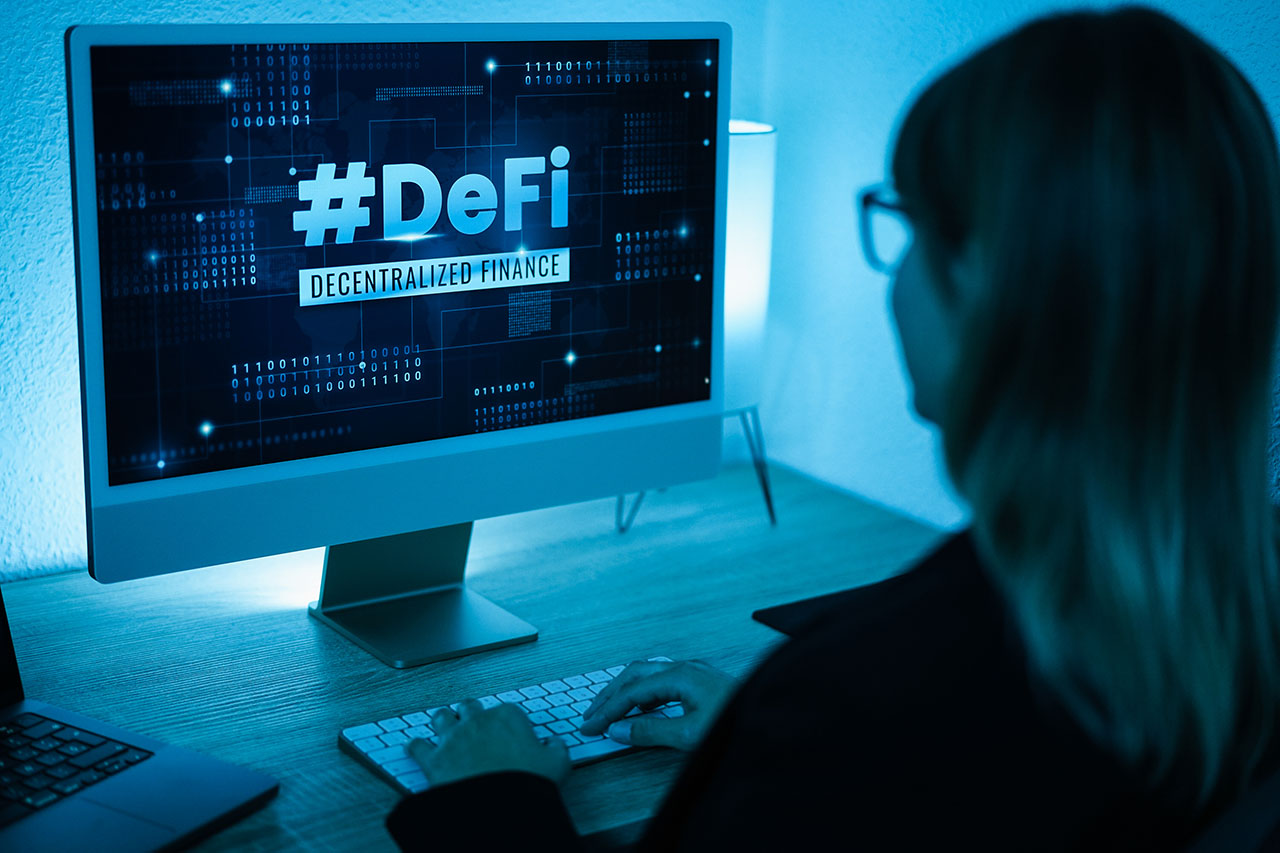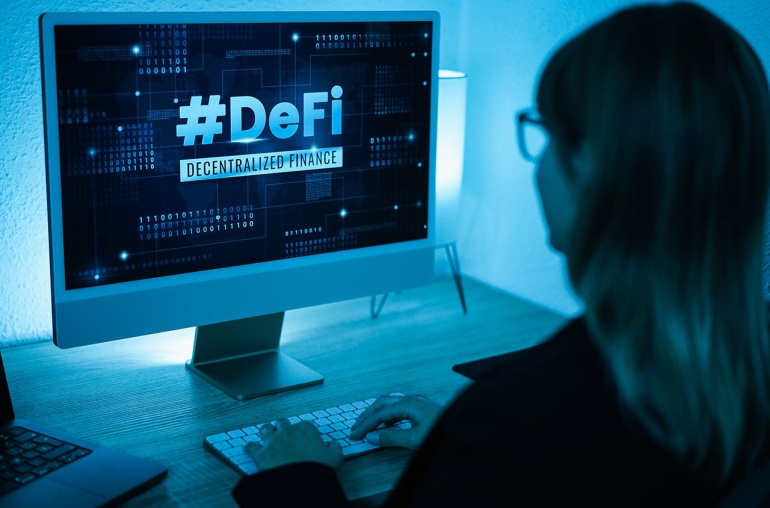Decentralized Finance (DeFi) brought forward a new method of finance and is one of the most successful blockchain innovations. DeFi involves several applications that use smart contacts to enforce agreements that do not need a third party automatically.
DeFi consists of peer-to-peer (P2P) protocols that help in easy lending, borrowing, and other financial tools. These protocols are constantly evolving and improving. Over the last several months, Defi has experienced unparalleled growth and is set to launch a revolution to enhance DeFi: DeFi 2.0.What is DeFi 2.0? How does it work? How does it differ from DeFi 1.0? Read here to find out.
What is DeFi 2.0? How does it work? How does it differ from DeFi 1.0? Read here to find out.
What is DeFi 2.0?
DeFi 2.0 is the latest phase of Decentralized Finance that wishes to upgrade and improve the problems seen in the first DeFi. DeFi 2.0 refers to a subset of the peer-to-peer protocols built on DeFi 1.0.
DeFi 1.0 was a revolutionary program that decentralized financial aspects, making them more manageable, faster, and more accessible. However, it still had problems. Similar to second-generation cryptocurrencies like Ethereum, which improved on Bitcoin, DeFi saw it necessary to react accordingly to new government regulations such as the Know Your Customer (KYC) and Anti-Money Laundering (AML) regulations.
What Was Wrong with DeFi 1.0?
Before learning what advantages DeFi 2.0 hold, we must first look at what problems DeFi faced that DeFi 2.0 would improve on. Some of the issues faced by DeFi were:
- Cost and Time: DeFi had protocols in place to avoid massive numbers of spam, one of which was the Blockchain Transaction Fee, but it increased the transaction approval time and made it expensive. Simple tasks on DeFi took too long and cost too much.
- Usability: With User Experience (UX) and User Interface (UI) complexity, new users found it challenging to use decentralized products. The majority of users of DeFi were experts.
- Consumer Protection: While the absence of centralization has been the prime aspect of DeFi, it has also led to relaxed rules, so consumers have limited options to pursue in case of a bad transaction.
- Liquidity: Cryptocurrency liquidity is split between blockchains and platforms. This alters the price of the tokens due to a decrease in available funds, making it harder to purchase and trade in Decentralized Exchanges (DEX).
- Collateral: Obtaining a loan in DeFi often came with collateral as high as the loaning value, making it difficult for people to pay it back.
- Hacking: DeFi relies on software systems susceptible to hacking and could lose funds.
- Oracles: Chain-link Decentralized Oracles are often used in DeFi, and higher quality oracles are required with more projects. Some projects are unaware of the importance of such oracles.
- Private Key: DeFi required a digital wallet to store cryptocurrencies to protect funds. The digital wallet can only be accessed with a unique code, the private key. If the private key is lost, there is no method of recovering the key and the funds in the wallet.
- Centralization: While the whole point of DeFi was to create a platform for decentralized finance, many projects have yet to integrate Decentralized Autonomous Organization(DAO) principles.
What to Expect from DeFi 2.0?
The evolution of Defi began when users and projects realized its problems, prompting them to find solutions. Let’s see how these solutions have helped advance DeFi 2.0.
Usability
We know the DeFi is based on the Ethereum blockchain, making it difficult for new users to understand how to go about DeFi. Furthermore, the incoming traffic toward the Ethereum cryptocurrency slows down the system.
One solution to these problems is that DeFi 2.0 includes more blockchain, such as Polygon and Solana, improving the usability problem.
Yield
As mentioned above, many cryptocurrencies are split and bound along blockchains. DeFi tried to solve this issue using an LP token whenever a user stakes a token pair. Users could compound their profits using a yield farm. However, yield farming was done only through ERC-20 Tokens on Ethereum. This brought back the problem of liquidity.
DeFi 2.0 can become a blockchain agnostic, running on other blockchains and allowing different cryptocurrency tokens to be used.
Insurance
Doing business on DeFi was difficult unless you knew coding. This increases the amount of risk associated with smart contracts. If the smart contract is compromised, you will lose your deposit. Additionally, if you choose to yield farm your LP token, any change in the price ratio between two tokens can lead to financial loss.
DeFi 2.0 has enabled insurance on specific smart contracts and impermanent loss to combat this issue, either by paying off the loss or minting new tokens.
Loan Repayment
In DeFi, there was a liquidation risk when it came to taking a loan. In DeFi 2.0, you can pay back the loan using collateral. When a user gives you a loan, they would require some amount as collateral. The lender can then use this collateral to earn interest to pay off your debt. Hence, you repay your loans without the need to liquidate assets.
Risks Associated with DeFi 2.0
DeFi 2.0 has improved on many problems that existed in DeFi 1.0, but some remain. The issues exist in DeFi 2.0 and can be considered a risk. These risks include:
- There is no guarantee for a smart contract. The contract may have weaknesses or fraud and depends solely on the two parties to read through and mitigate the risks.
- Integrating new government regulations such as KYC and AML may affect existing contracts.
- Even with insurance, there is no guarantee of impermanent loss and its risks.
Conclusion

What is DeFi 2.0? It is a digital revolution set to improve decentralized finance. Although many problems are left unaddressed, DeFi 2.0 continuously improves DeFi protocols. The revolution can upgrade DeFi to new heights and make it better than ever.



